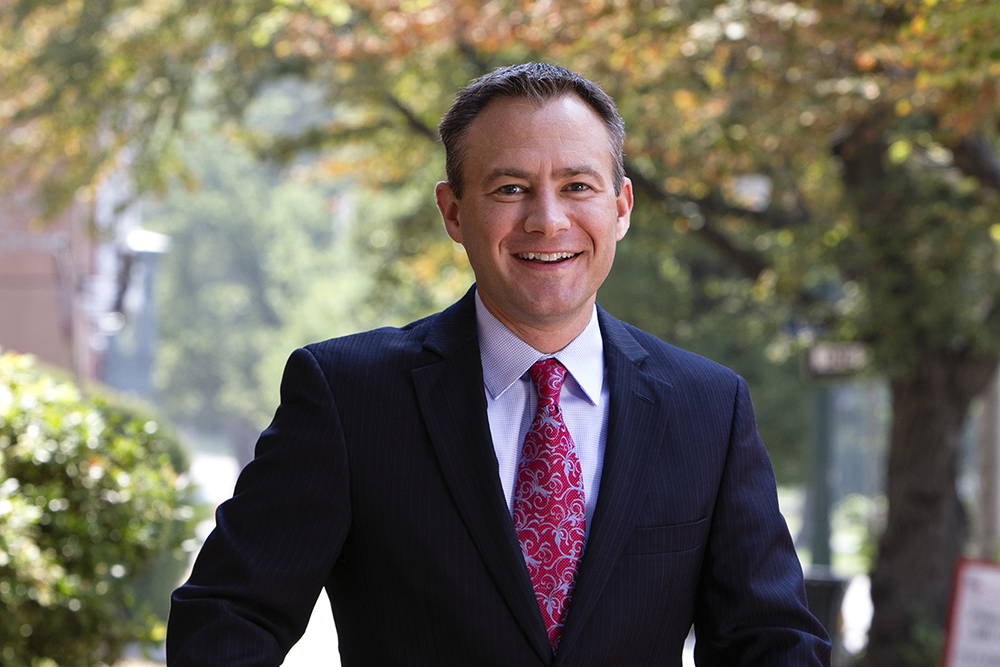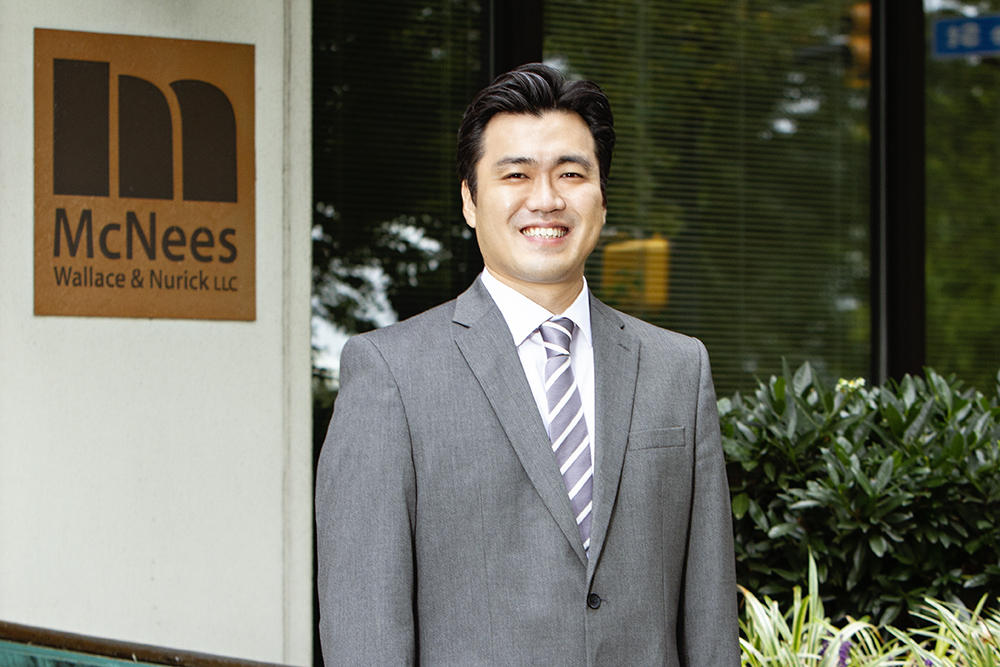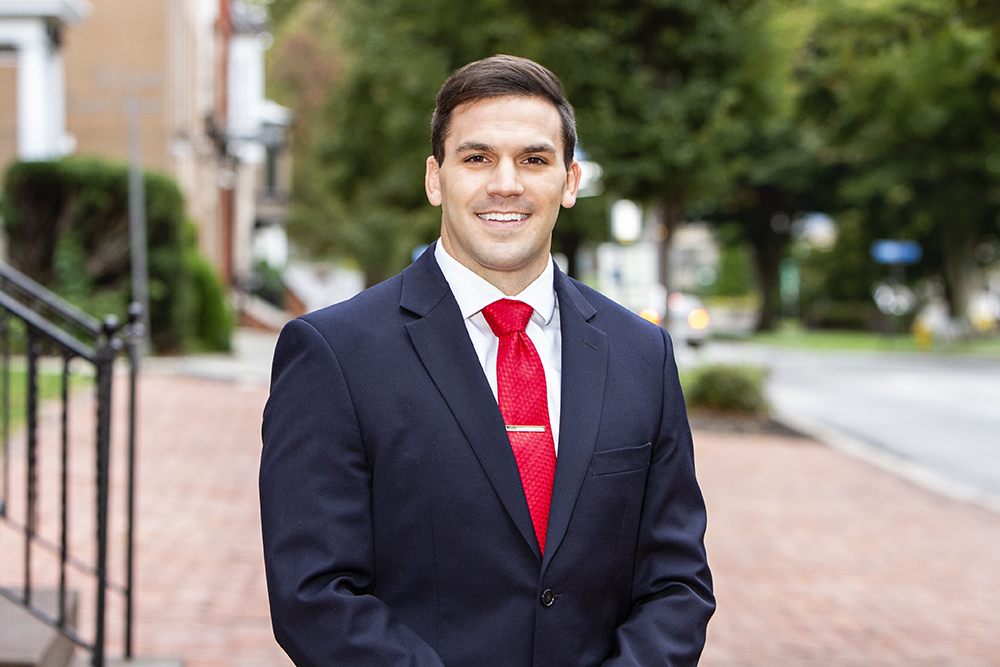2022 Copyright Law Recap: Andy Warhol, Social Media Content, and Taking Shortcuts in Copyright Applications
January 30, 2023
Publications
by Brian Gregg, Yangmo (“Harvey”) Ahn and Philip Petrina
Part 3 in McNees Wallace & Nurick’s series: 2022 Intellectual Property Year in Review
HOW ANDY WARHOL IS STILL SHAPING AMERICAN COPYRIGHT LAW
In October 2022, the U.S. Supreme Court heard arguments regarding whether pop artist Andy Warhol’s artwork made fair use of a photo of a music legend, Prince, in Andy Warhol Foundation for the Visual Arts, Inc. v. Lynn Goldsmith. This case is important because it may provide additional guidance in the very murky area of transformative use under copyright law.
Lynn Goldsmith photographed Prince in a 1981 concert at the Palladium in New York City. In 1984, Goldsmith, through Lynn Goldsmith, Ltd. (“LGL”), licensed the photograph to Vanity Fair magazine for use as an artist reference. Vanity Fair, in turn, commissioned Warhol to create an image of Prince for its November 1984 issue. Based on Goldsmith’s copyrighted image of Prince, Warhol created a series of silkscreen prints and pencil illustrations. Warhol made some aesthetic changes to Goldsmith’s original photograph, but the images “recognizably derived” from Goldsmith’s original work. Goldsmith sued the Andy Warhol Foundation for copyright infringement. The district court for the Southern District of New York granted summary judgment for the Foundation, concluding that Warhol had “transformed” the original photograph by giving it a new “meaning and message.” The U.S. Court of Appeals for the Second Circuit reversed the district court’s grant of summary judgment to the Foundation on its complaint for a declaratory judgment of fair use and the district court’s dismissal of defendant’s counterclaim for copyright infringement.
During the U.S. Supreme Court hearing in October 2022, lawyers for the Andy Warhol Foundation argued that the late pop artist’s recreated images of Goldsmith’s photographs of Prince fell within copyright laws’ fair use doctrine. The Foundation also argued that Warhol wasn’t required to pay Goldsmith a licensing fee to publish the images because the artist’s work created a different meaning than the original photo taken by Goldsmith. Lawyers for Goldsmith argued that the foundation was not entitled to use Goldsmith’s image without paying a license fee simply because Warhol applied his distinctive style to the photo. They stated that the Andy Warhol Foundation “has never given any reason for copying Ms. Goldsmith’s picture to commercially license Warhol’s Orange Prince in 2016. Indeed, Warhol got the picture only in 1984 because Ms. Goldsmith was paid and credited.”
The ruling on this case is due by the end of June 2023. This is the first non-software fair use case the high court has heard in a long time and the first time they will rule on fair use in art since 1994. This case could have broad implications for artists and creators of material which inspires other works. In the district and circuit courts, there has been a shift from expansive views on what constitutes a transformative work to a narrower approach. This case will provide an opportunity for justices to clarify the test for fair use and offer more guidance on “transformativeness.”
IS COPYING AND PASTING AN INSTAGRAM POST INTO A THIRD PARTY WEBSITE COPYRIGHT INFRINGEMENT?
In Hunley v. Instagram, LLC, Alexis Hunley and Matthew Brauer sued Instagram, LLC for copyright infringement in the U.S. District Court for the Northern District of California. Hunley is a user of the popular social media platform which allows users to post and share videos and photos. The basis of Hunley’s claim is that Instagram makes use of an “embedding tool” which allows third-party to copy and paste an Instagram user’s post into its own website and display it simultaneously. Hunley, therefore, reasoned that the third parties were committing copyright infringement of her Instagram posts which made Instagram, which supplied the embedding tool, secondarily liable for that infringement.
Is offering an embedding tool, which allows third parties to display copyrighted photos or videos copyright infringement? The federal courts in California are bound to apply the 2007 ruling in Perfect 10, Inc. v. Amazon.com, Inc. to determine what constitutes copyright infringement. Under the Perfect 10 “server test,” If a website publisher does not store an image or video in the traditional sense, the website publisher does not communicate a copy of the image or video and thus does not violate the copyright owner’s exclusive display right. That is, the copyright holder’s image must be stored in a computer’s server (or hard disk, or other storage device) for the display of the image to constitute being a copy of the image under the Copyright Act.
The district court granted Instagram’s motion to dismiss on two separate occasions (following an amended complaint) because the third parties using Instagram’s embedding tool to display the copyrighted photos and videos did not store the photos and videos, but merely displayed the images. Thus, under the Perfect 10 server test, there was no underlying copyright infringement by the third parties and therefore Instagram could not be held secondarily liable for copyright infringement. Ultimately, the district court recommended that Hunley appeal this case for review in the U.S. Court of Appeals for the Ninth Circuit so that the Perfect 10 rules could be reviewed in light of this new era of the internet and social media.
The ruling in this case highlights social media best practices when using content found on social media sites. How the Ninth Circuit Court comes down on this case could shape how other courts around the country will react to similar copyright infringement cases. When using embedding tools and/or copying and displaying content sourced from social media or other websites, users must evaluate whether they need to obtain rights from the content owners or any individuals or brands depicted in the content.
IT TURNS OUT, IGNORANCE IS AN EXCUSE FOR THE LAW
In Unicolors, Inc. v. H&M Hennes & Mauritz, L. P., Unicolors sued H&M in 2015 for copyright infringement, alleging that H&M’s design was remarkably similar to its design. Unicolors registered its copyright-in-suit in 2011 in a single application with multiple works. Unicolors knew those works were not in the same unit of publication but filed a single application, not multiple applications, to save money. Under applicable U.S. Copyright Office rules, a single application is only permissible if all of the works are part of the same publication and thus Unicolors should have submitted multiple different applications. The record reflects Unicolors did not know that listing multiple works in a single application did not satisfy the “single unit of publication” requirement.
In general, a valid copyright registration is a prerequisite for a copyright infringement action. What if the registration contained inaccurate information? The Copyright Act includes a safe harbor provision that a certificate of registration satisfies the requirements—and is therefore valid—regardless of whether the certificate includes any inaccurate information. However, this safe harbor protection is not triggered if the inaccurate information was included “with knowledge that it was inaccurate.”
After Unicolors won a jury trial, the U.S. Court of Appeals for the Ninth Circuit held on appeal that the registration was invalid and the safe harbor provision did not apply because it only protects a mistake of fact, and Unicolors knew the fact that those works were not in the same unit of publication. The U.S. Supreme Court disagreed and held that the safe harbor provision does not distinguish between a mistake of law and a mistake of fact, and lack of knowledge of either fact or law can excuse an inaccuracy in a copyright registration. Also, the Supreme Court stated that knowledge means actual, subjective awareness of both the facts and the law. As a result, the validity of the registration was restored.
While the Unicolors decision provides a bit of a safety net for copyright applicants who make unintended mistakes on their applications, filing an application properly can avoid casting doubt on the validity of the resulting registration and reduce the time and expense spent by a registrant in trying to enforce an inaccurate registration. Typically securing a copyright registration is the least expensive form of intellectual property registration; thus, experienced copyright counsel should be able to secure protection, correctly at a reasonable cost.
CONTACT MCNEES
McNees’ Intellectual Property team is closely watching these and other key cases in patent law. If you have questions about the case studies outlined in this article, attorneys Brian Gregg, Yangmo (“Harvey”) Ahn and Philip Petrina are available to discuss these and other copyright questions you may have. We help our clients navigate the myriad of legal issues arising from new and exciting developments in intellectual property law and offer insights on how best to obtain and maintain a competitive advantage through the use and protection of intellectual property and technology.
READ MORE
Part 1 – 2022 Trademark Law Recap: NFTs, Distinct Branding, and the First Amendment
© 2023 McNees Wallace & Nurick LLC
This article is presented with the understanding that the publisher does not render specific legal, accounting or other professional service to the reader. Due to the rapidly changing nature of the law, information contained in this publication may become outdated. Anyone using this material must always research original sources of authority and update this information to ensure accuracy and applicability to specific legal matters. In no event will the authors, the reviewers or the publisher be liable for any damage, whether direct, indirect or consequential, claimed to result from the use of this material.




